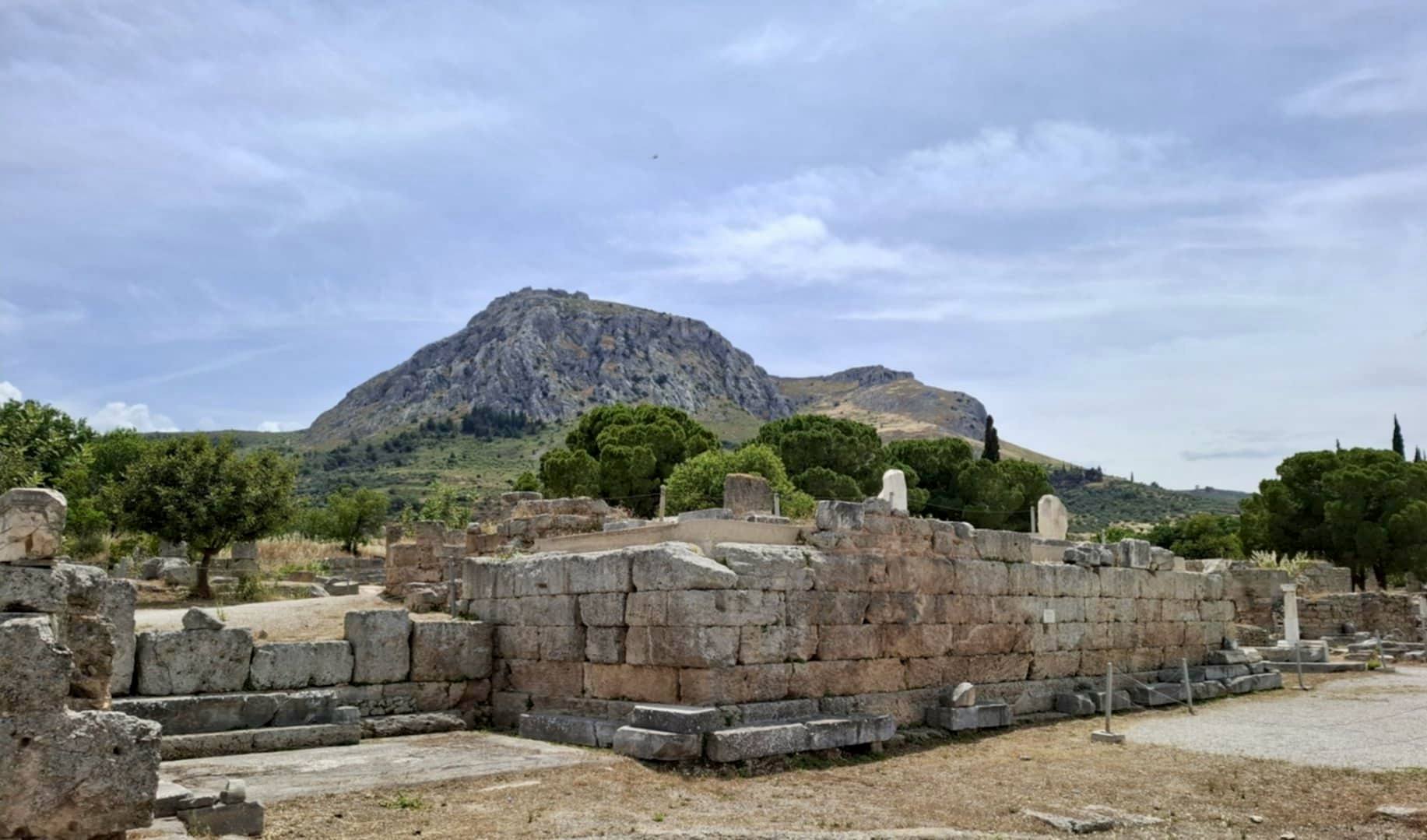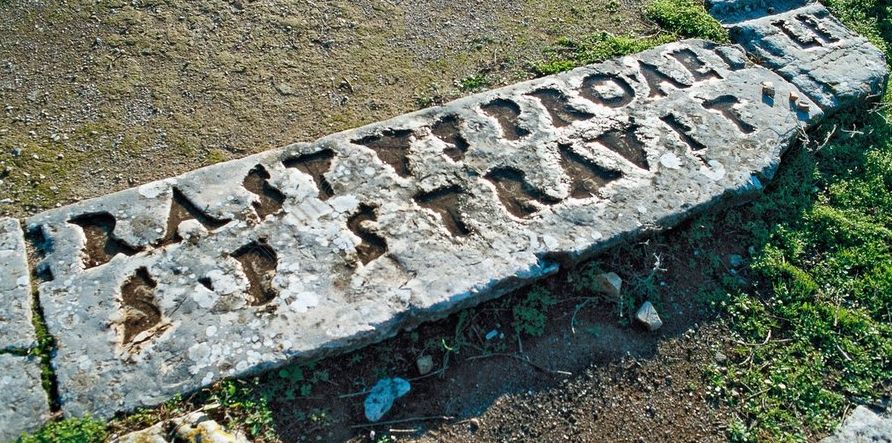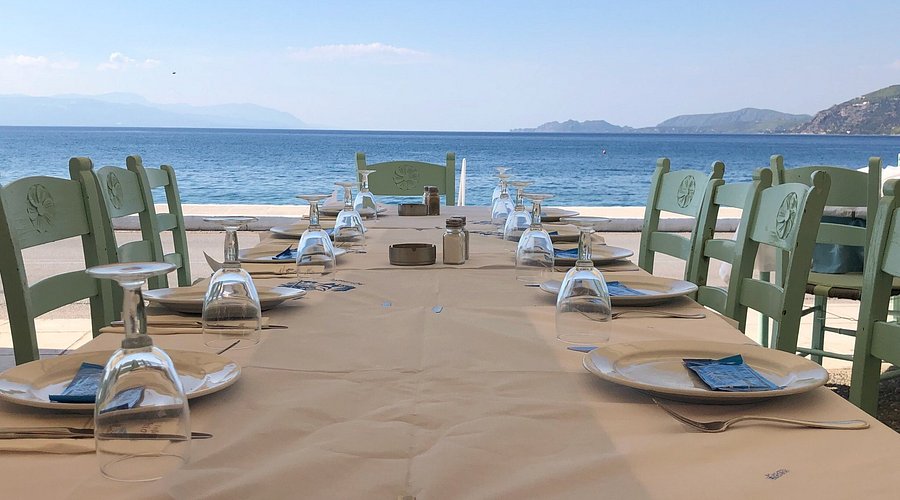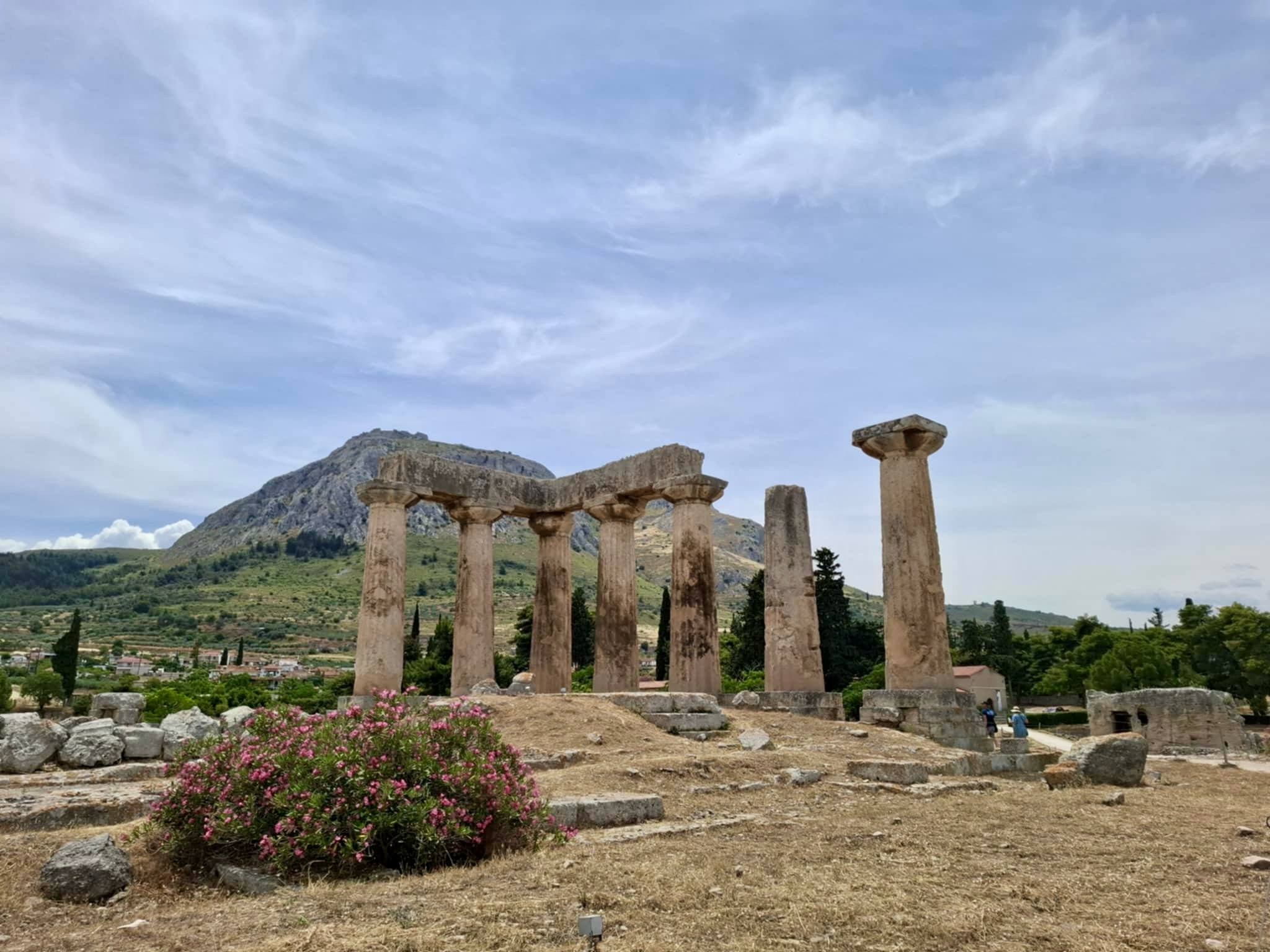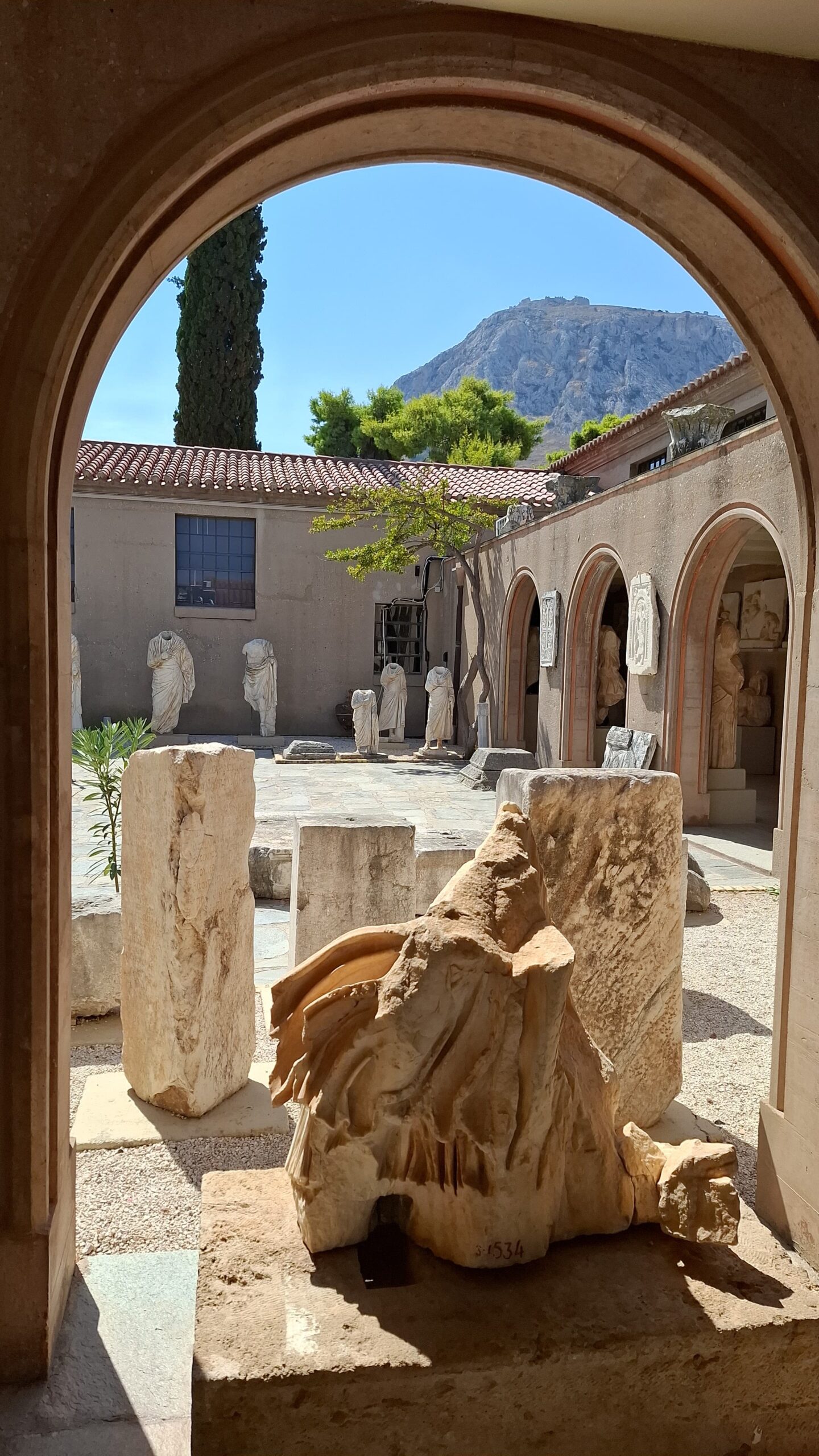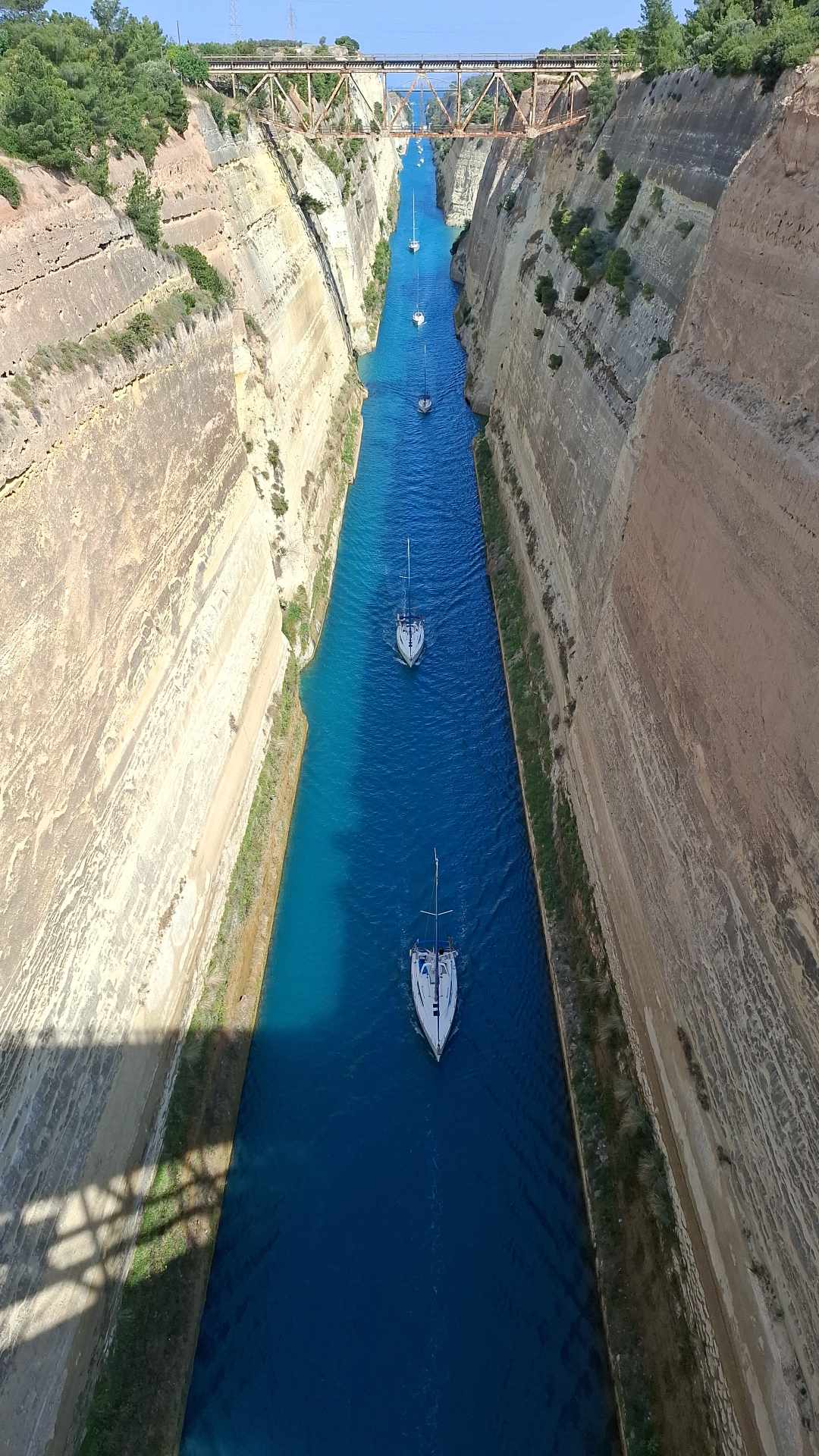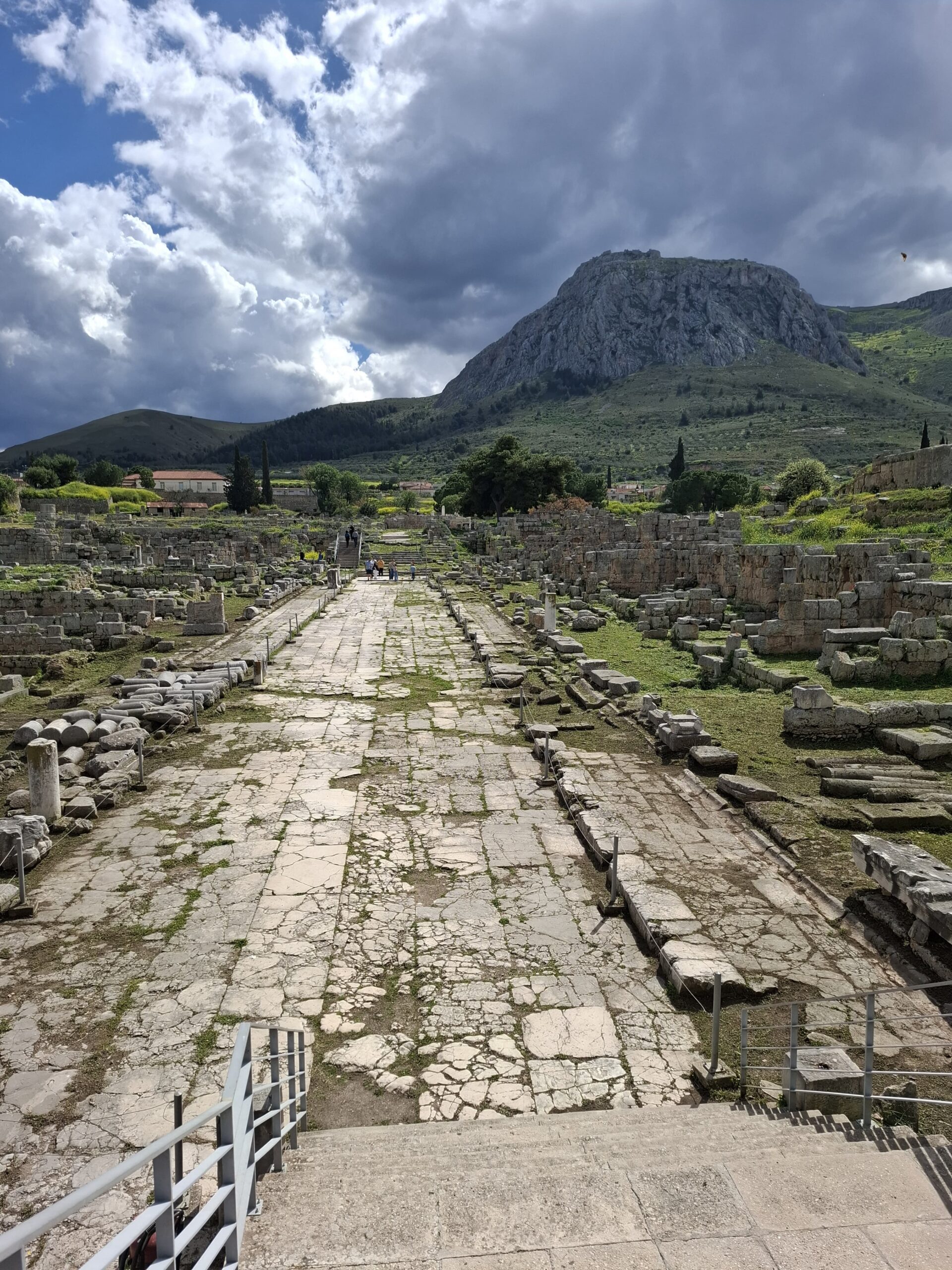You will meet your tour guide outside the Thisio Metro Station.
After a 1-hour and 15-minute drive, you’ll arrive at the Corinth Canal—a 19th century masterpiece of engineering that connects the Gulf of Corinth in the Ionian Sea with the Saronic Gulf in the Aegean Sea. Dug through the Isthmus at sea level and without locks, the canal’s concept originated with Periander of Corinth in the 7th century BCE. However, daunted by its enormity, he instead implemented the Diolkos, a trackway for hauling ships over land. Though several ancient rulers dreamed of cutting a canal, construction didn’t begin until the Roman Emperor Nero’s time—and was abandoned shortly after his death. It was finally completed and opened in 1893. At the Corinth Canal, you’ll have time to relax and enjoy refreshments at a nearby café. Next, a 15-minute drive will bring you to Ancient Corinth. Your visit will begin with the ruins of the city’s ancient theater, which likely inspired Paul’s illustration in 1 Corinthians 4:9.
You’ll then explore a nearby paved area where, in 1929, an inscription was unearthed that is believed to date back to the 1st century.
It reads:
“ERASTUS PRO AEDILITATE S(UA) P(ECUNIA) STRAVIT” which translated in English reads “Erastus out of gratitude for his aedileship, at his own expense, paved it”
In Roman times, an aedile was an elected official—equivalent to the Greek term “oikonomos tēs polis” or “city treasurer.” The Apostle Paul refers to an Erastus, a city treasurer of Corinth, in Romans 16:23.
Your next stop is the city’s ancient odeon. Odeon’s literally meaning is “singing place”. These venues were used for music concerts, singing competitions, lectures, and similar events.
Afterwards, you’ll visit the Archaeological Museum of Ancient Corinth, where your guide will highlight exhibits with special biblical significance.
Later, you’ll see the remains of a Temple of the Imperial Cult, the Roman state religion that demanded worship of the imperial family—on penalty of death.
The Temple of Apollo, the landmark of Ancient Corinth, comes next. Built in the Doric style, what distinguishes this temple from others is its monolithic columns—each carved from a single block of stone, unlike the drum-assembled columns seen in many ancient buildings. The stone used here is local limestone coated with marble stucco, rather than the Parthenon’s pure marble.
Immediately following, you’ll enter the Forum, a remarkable area composed of two rectangular terraces aligned east to west. At the center of the upper terrace stands the bema, a raised platform used by public speakers on formal occasions. Your guide will explain that in Acts 18:12, when Luke writes about Paul’s court appearance before Proconsul Gallio, the Greek word for “judgment seat” is bēma. The events of Acts 18:12–17 may well have occurred in front of this very platform. You’ll stand where Paul may have stood, ready to defend himself before his accusers—only for Gallio to dismiss the case, letting Paul go free while the violent mob turned on Sosthenes instead.
On your way to the exit, you’ll walk along the Lechaeum Road, the main thoroughfare of ancient Corinth. Along this road, your guide will point out the likely site of the synagogue where Paul “would give a talk…every Sabbath and would persuaded Jews and Greeks” (Acts 18:4). You’ll also see the remains of a meat market, probably the one Paul refers to in 1 Corinthians 10:25–26.
Following your tour of Ancient Corinth, you’ll take a 15-minute drive to a seaside restaurant in a picturesque location, where you will enjoy views of crystal-clear blue waters while savoring traditional Greek dishes.
After lunch, you’ll drive 15 minutes to the submerged ancient port of Cenchreae, which Strabo described as a wealthy and bustling hub. Paul departed from this port for Ephesus around 52 CE (Acts 18:18–19). Within four years, a Christian congregation had been established here. Paul even asked Christians in Rome to provide assistance to a Christian woman named Phoebe from “the congregation that is in Cenchreae” (Romans 16:1–2).
At the end of your visit to Cenchreae, you’ll take a 1-hour and 15-minute drive back to Athens.
Your tour concludes exactly where it began: outside the Thisio Metro Station.
